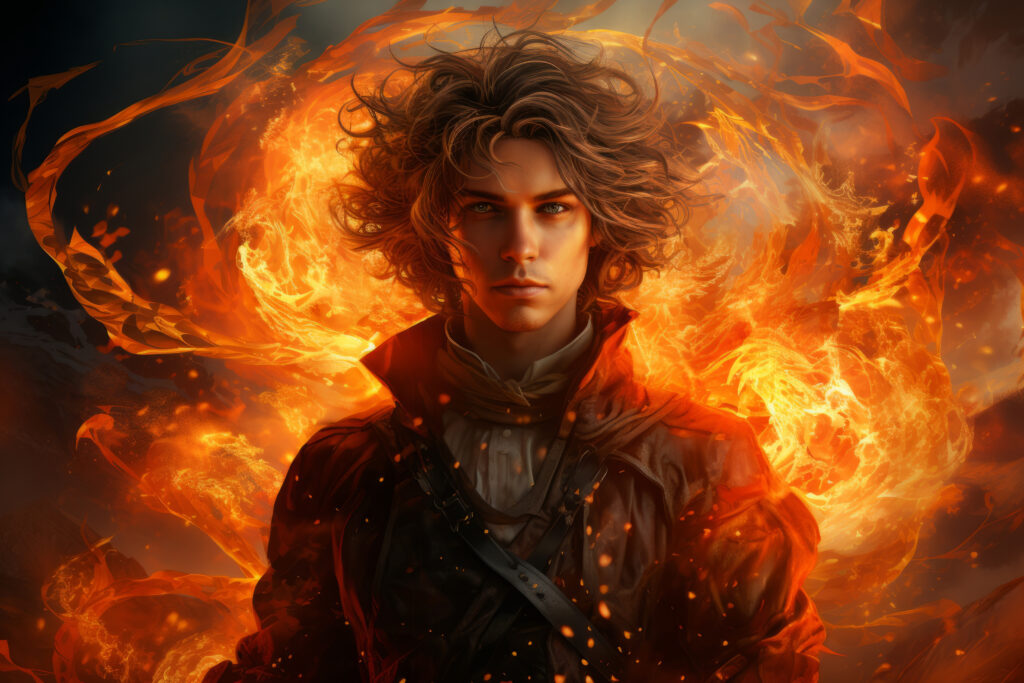When Ridley Scott first premiered “Alien” in 1979, a new era of practical effects and creature design was ushered into the cultural zeitgeist. Almost 50 years later, the world that Scott built continues in FX’s “Alien: Earth,” set two years before the events of the original film. With new species and the opportunity to explore a planet led by wealthy corporations, director Noah Hawley began building the retro-futuristic creatures to terrify the next generation.
“Noah wanted a homage to the first ‘Alien’ with certain effects in the show,” said Steve Painter, who served as the lead prosthetics supervisor and designer for the series. “The show feels like an eight-hour film, and we had to make everything look authentically real, so we went with practical effects.”
Going through past archives served as key inspiration for the world of Weyland-Yutani, specifically with the USCSS Maginot’s cyborg, Morrow (Babou Ceesay), who is attempting to infiltrate Prodigy Corporation to secure the stolen alien specimens. By looking at the work of H.R. Giger, who won an Academy Award for Best Visual Effects in 1980, Painter was able to pay tribute to the artist’s work in his design for Morrow’s futuristic arm.
“Noah wanted to go with more practical effects in the show, especially for characters like Morrow. The cyborg arm has elements of a real sleeve there that Babou put on so we always had a foot in reality,” revealed Painter. “There was a lot of H.R. Giger in the design of Morrow’s arm. It had to be fitted to Babou, so we made it translucent. The arm has elements of the future world [that the characters live in] and was our homage to Scott and Giger.”
Early conversations about creating the silhouette of the Xenomorph began four years ago for Weta Workshop’s Joe Dunckley and Vaughan Flanagan, who were approached by Hawley to build the various invasive species that occupy Neverland Research Island.
“A lot of Noah’s reference points were the first two films, especially for Episode 5,” said Flanagan. “There’s also aspects of the militaristic team from James Cameron’s version, and those were the two iterations from the past that we were drawing in alongside Noah’s own vision. We’ve never seen an alien on Earth, and we were drawing a lot of inspiration from Earth itself and biological creatures.”
In sculpting the Xenomorph suit, discussions about how the suit would appear in the show, and to have the creature bounce light on camera began. “We went for a modular approach,” revealed Dunckley. “We could give Cameron Brown, our creature performer, meaningful rest in between setups. We had separate heads, neck, torso, and stilts for different types of action. If he was on bipedals, he would be on stilts. If he was going to do a stunt, we had limited animatronics to add the mouth movement, but just more simplified. It was much lighter and meant that he could really move in the suit.”
The life cycle of a Xenomorph begins with an egg until it attaches itself onto a human, killing them instantaneously with a chestburster. In Episode 7, audiences finally got to see the creature in action after Arthur (David Rysdahl) is impregnated by the specimen, paying homage to Kane’s (John Hurt) death on the Nostromo.
“I wanted to expand the scene so you could see the legs and bring it up to the 21st century,” Painter said. “Our scene is in broad daylight on a beach, so it has its own elements to make it a little bit different, but it’s a homage to the Hurt sequence. Everyone knows that iconic scene, and for me personally, it was one of the highlights. “We had a fake body that we attached to David, and the chestburster sequence that was actually shot in half a day. He was in and out of that body all day, and that was the longest in prosthetics.”
After working on the first season, Dunckley and Flanagan hope longtime “Alien” fans and first-time watchers can feel the terror from their creations, and continue to open the doorways for new creatures in future seasons of “Alien: Earth.”
“The other creatures in the [“Alien: Earth”] world give the audience an opportunity for a path of discovery, and to give them that experience you got from the original 1979 film,” said Dunkley. “Without those creatures, new or old, you wouldn’t be able to experience that feeling.”






















